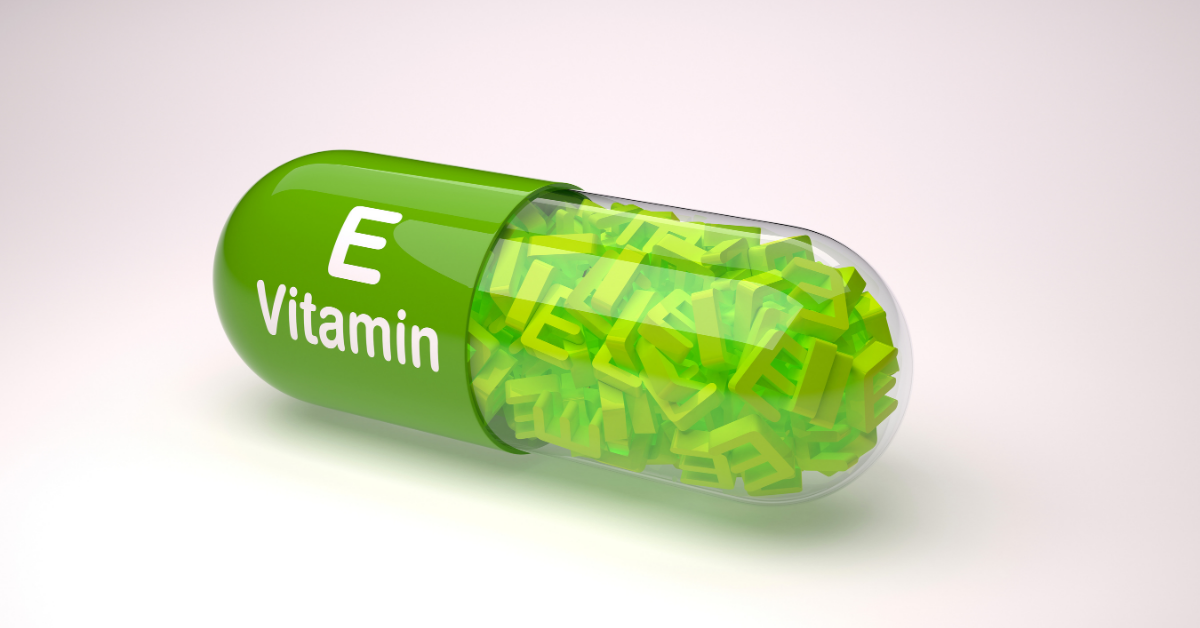NATURAL OR SYNTHETIC?
VITAMIN E
2021

Written by Performance Horse Nutrition
Let’s take a look at Vitamin E. Vitamin E is an important fat-soluble vitamin that plays several roles in the body. Its most important role is to act as an antioxidant reducing the damage caused by free radicals. Through this mechanism, vitamin E serves to maintain normal neuromuscular function. Vitamin E also helps keep the immune system strong. It aids the body in properly using vitamin K, helping maintain normal blood viscosity. Too much vitamin E can be dangerous and may increase risk of as well as interfere with the uptake of Vitamin A (over 10,000IU per day of Vitamin E). Main dietary sources of vitamin E are fresh green grass and supplemental forms. The required amounts of Vitamin E as set by the Nutrient Requirements for Horses 2007 for an 1100lb horse are in the table below.
Normal reference ranges for plasma/serum concentrations of α-tocopherol in the horse are; >2 μg/mL Adequate; 1.5-2 μg/mL Marginal; <1.5 μg/mL Deficient.
Vitamin E naturally exists in eight different forms (alpha-, beta-, gamma-, and delta-tocopherols and tocotrienols) each of which has slightly different activity in the body. Even though there are 8 forms of vitamin E, the most biologically active form of the vitamin is called alpha-tocopherol. Alpha-tocopherol is considered the most active natural form because it is the preferred form of vitamin E transported and used by the liver.
Synthetic vitamin E does not come from a natural food sources and is generally derived from petroleum products. Synthetic vitamin E (dl-alpha-tocopherol or any variation starting with dl-) is found in most supplemental vitamin e sources fed to horses. Synthetic vitamin E, due to its chemical structure, is only about 12% as potent as natural vitamin E. It is also not as bioavailable (meaning easily used by the body) as its natural counterpart, decreasing overall absorption and utilization of the vitamin. Some studies have shown that three times more synthetic vitamin E is needed to equal the biological activity of natural vitamin E. Synthetic vitamin E is also excreted faster than the natural form, so it doesn’t have as much time to get into the tissues where it is needed.
Natural vitamin E is generally labelled d-alpha tocopherol, d-alpha tocopherol acetate, or d-alpha tocopherol succinate but can sometimes appear as mixed tocopherols (mixed tocopherols, contain not only d-alpha tocopherol but natural mixtures of beta, gamma, and delta tocopherols). Natural E comes from plant oils instead of petroleum. Due to its molecular structure, natural vitamin E is much better absorbed in the body. Specific transport proteins in the liver tend to bind better to natural vitamin E, allowing it to be transported to other tissues in the body to be used for important functions, including as an antioxidant. There is little difference between the natural and synthetic forms of most vitamins. But with vitamin E, natural is significantly better.

